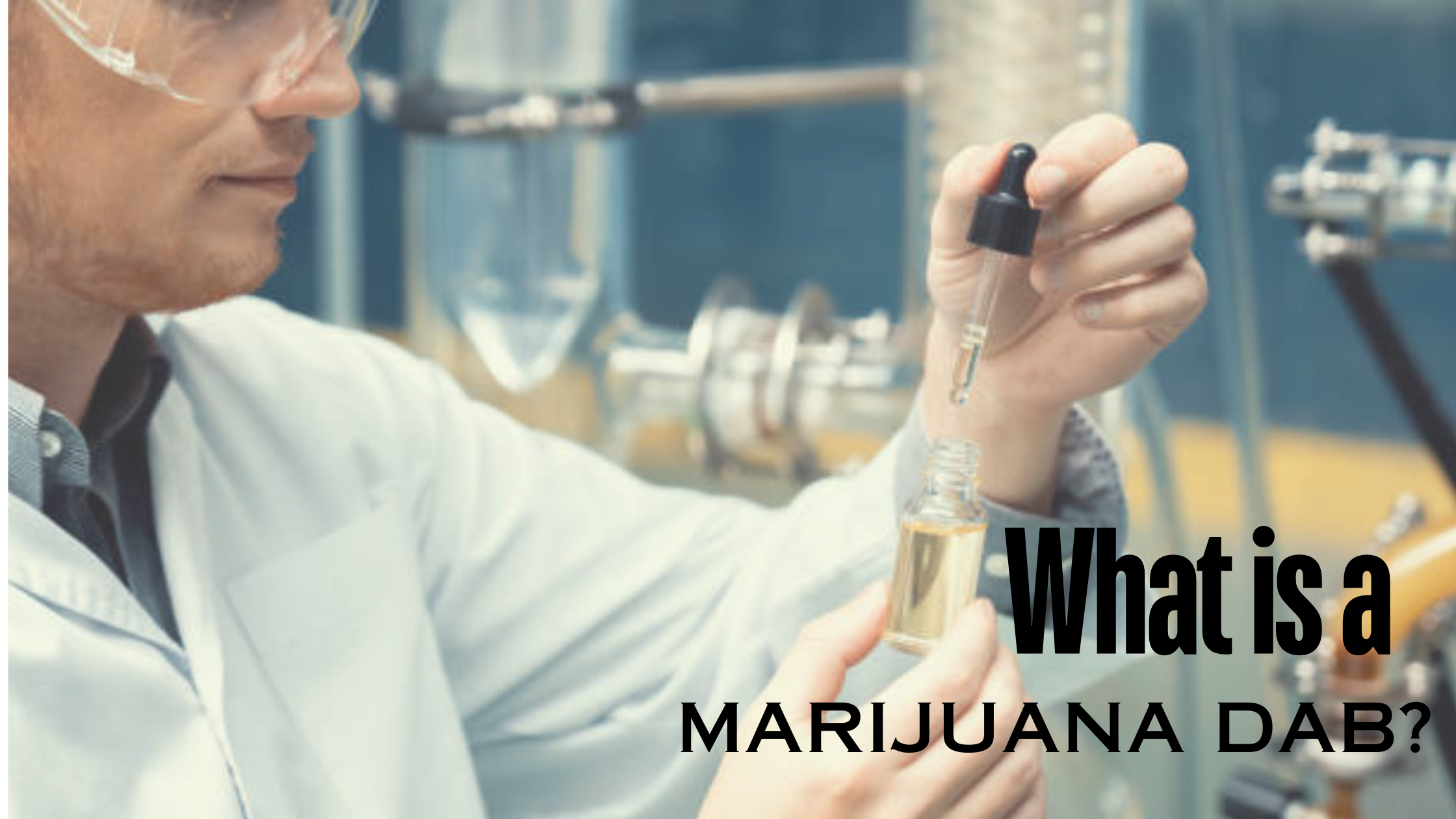Marijuana dabs have become increasingly popular in the cannabis community, but for those new to cannabis, the term might seem unfamiliar. In this comprehensive guide, we’ll explore what marijuana dabs are, how they’re made, the different types of concentrates, methods of consumption, and much more.

What Are Marijuana Dabs?
Marijuana dabs refer to a concentrated form of cannabis that is extracted using various methods to produce a potent product. Dabs are typically consumed by vaporizing the concentrate, which produces a strong and immediate high. This method of consumption has gained traction among seasoned cannabis users due to its potency and flavor.
The Potency Factor
One of the main reasons users gravitate towards dabbing is the high concentration of cannabinoids, particularly THC. While traditional cannabis flowers might contain around 15-25% THC, concentrates can have THC levels that exceed 80%. This makes dabbing a preferred choice for those seeking a more intense experience.
Types of Marijuana Concentrates
Marijuana dabs come in various forms, each with distinct characteristics. Here are some common types of concentrates:
1. Wax
Wax is a soft, malleable concentrate that has a sticky texture. It is typically amber or golden in color and has a high terpene content, which enhances flavor. Wax is easy to work with and can be used in various dabbing devices.
2. Shatter
Shatter is known for its glass-like appearance and brittle texture. This concentrate is typically more potent than wax and can break apart easily. It’s made through a similar extraction process but is often purged longer to achieve its clarity.
3. Live Resin
Live resin is made from freshly harvested cannabis plants that are frozen immediately. This process preserves the terpenes, resulting in a concentrate that retains the flavor and aroma of the original strains. Live resin is favored for its robust flavor profile.
4. Rosin
Rosin is a solvent less concentrate created by applying heat and pressure to cannabis flower or hash. This method extracts the cannabinoids and terpenes without using chemicals, making it a popular choice for those seeking a natural product.
5. Distillate
Distillate is a highly refined concentrate that contains pure THC or CBD. It is often used in edibles, vape cartridges, and other products due to its versatility. While distillate lacks the rich flavor of other concentrates, it is favored for its potency.
How Are Dabs Made?
Dabs are produced through several extraction methods, each affecting the final product’s potency, flavor, and texture. Here’s a brief overview of the most common extraction techniques:
1. Butane Extraction
This method uses butane as a solvent to extract cannabinoids from the cannabis plant. The process involves passing butane through a column filled with cannabis, which dissolves the desired compounds. The butane is then evaporated, leaving behind a concentrated oil. This method can produce high-quality extracts but requires caution due to the flammability of butane.
2. CO2 Extraction
CO2 extraction uses carbon dioxide under high pressure and low temperature to extract cannabinoids. This method is considered safer and more environmentally friendly than butane extraction. CO2 extraction produces clean and potent concentrates, making it a popular choice among producers.
3. Ethanol Extraction
Ethanol is another solvent used to extract cannabis compounds. This method is efficient and can produce high-quality concentrates. Ethanol extraction can also be done at low temperatures to preserve terpenes, resulting in flavorful products.
How to Consume Marijuana Dabs
Dabbing involves a few essential tools and techniques. Here’s a quick guide on how to get started:
1. Dab Rig
A dab rig is similar to a bong but specifically designed for concentrates. It consists of a water chamber and a nail (usually made of quartz, titanium, or ceramic) where the concentrate is vaporized.
2. Nail
The nail is heated using a torch until it reaches the desired temperature. Once heated, a small amount of concentrate is placed onto the nail, producing vapor that is inhaled through the rig.
3. Dab Tool
A dab tool is a small, often pointed tool used to handle concentrates. It allows users to scoop up the dab and apply it to the heated nail without getting their fingers sticky.
4. Temperature Control
Proper temperature control is crucial for a good dabbing experience. Too high of a temperature can lead to burnt-tasting dabs, while too low may not vaporize the concentrate effectively. A range of 350°F to 450°F is generally recommended for optimal flavor and potency.
Safety Considerations
While dabbing can offer a potent cannabis experience, it’s important to be aware of some safety considerations:
- Quality Control: Always purchase concentrates from reputable sources to ensure they are free from harmful solvents and contaminants.
- Start Low and Go Slow: If you’re new to dabbing, start with a small amount to gauge your tolerance. Dabs can be much stronger than traditional flower, and overconsumption can lead to uncomfortable experiences.
- Proper Equipment: Ensure your dab rig and tools are clean to avoid inhaling any harmful residues.
Conclusion
In summary, marijuana dabs represent a concentrated form of cannabis that offers a potent and flavorful experience for users. With various types of concentrates and methods of consumption available, dabbing can cater to a range of preferences and tolerances. As with any form of cannabis, understanding how to use dabs safely and responsibly is crucial for a positive experience. Whether you’re a seasoned user or a curious newcomer, exploring the world of dabbing can be an exciting part of your cannabis journey.
Leave a Reply Cancel reply